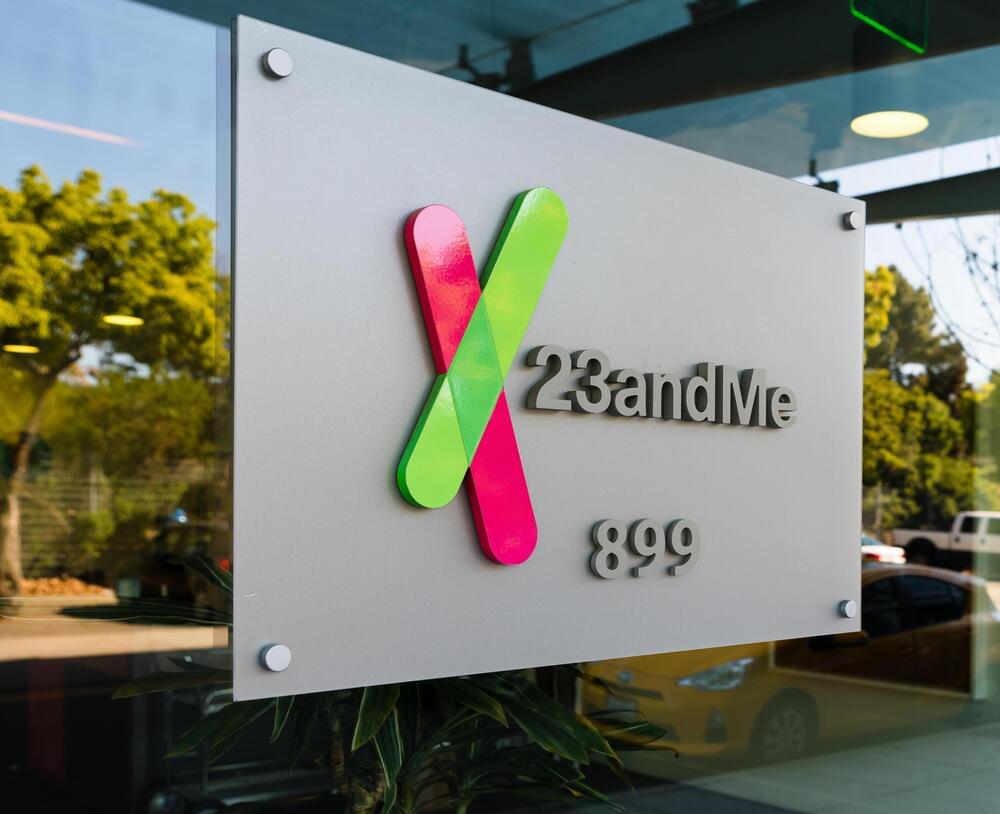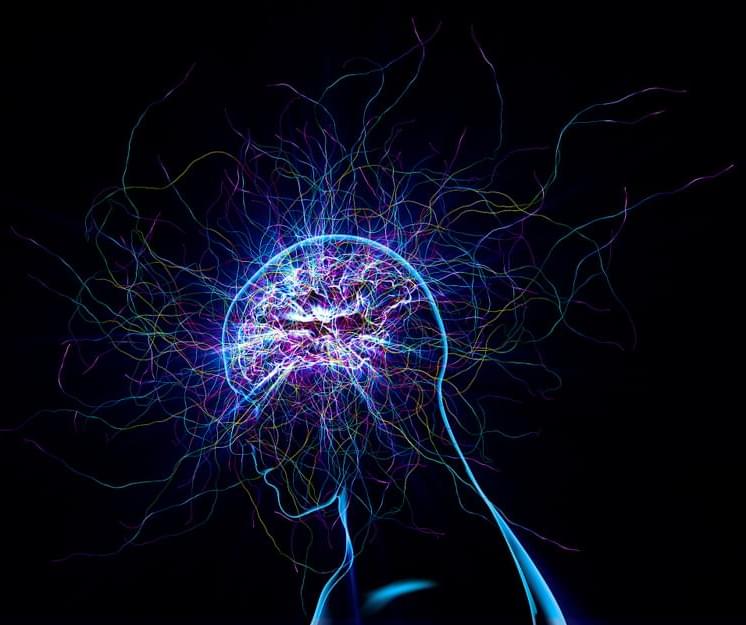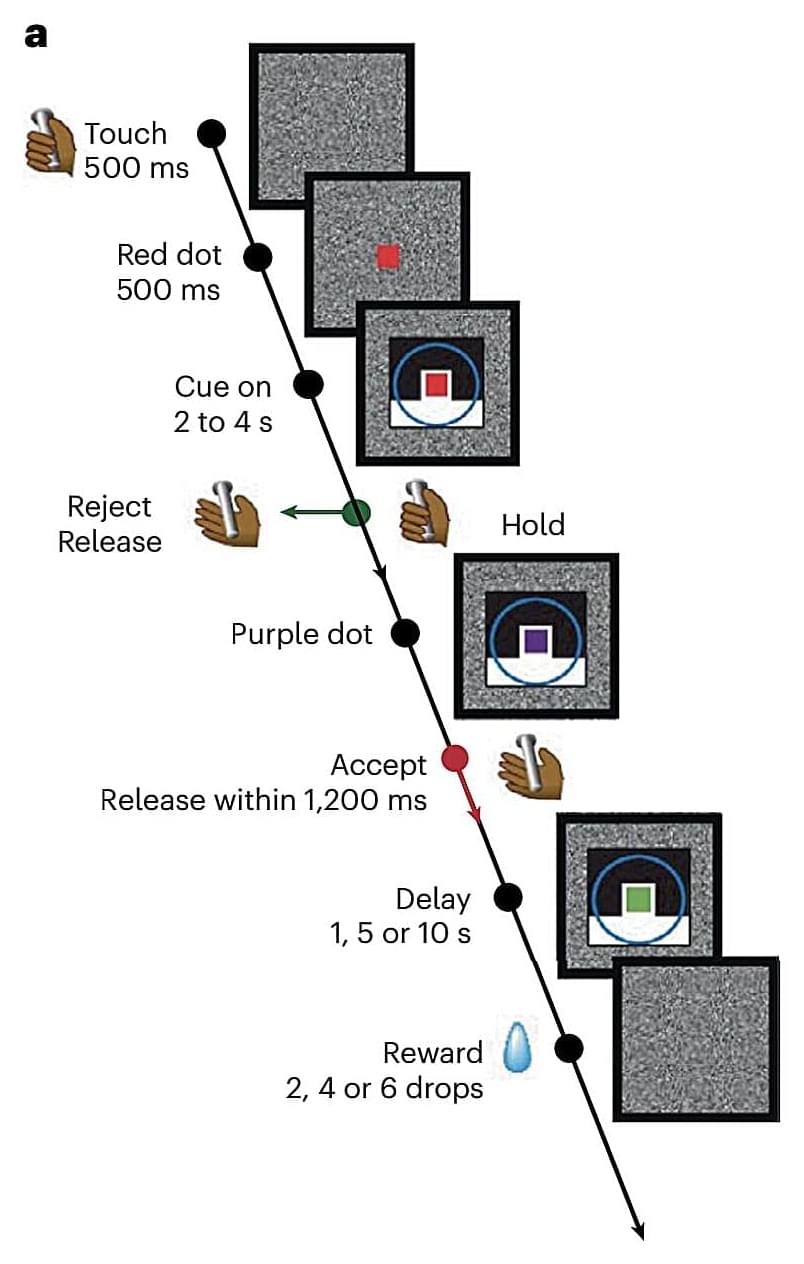The vessel was exhibited at the Maker Faire Rome 2023.
The PoliTo Sailing Team is a group of 90 students from the Polytechnic University of Turin and they are exhibiting at the Maker Faire Rome 2023, showcasing a boat that can literally fly over water.
IE spoke to a student of mechanical engineering Sara Cantalini from the Polytechnic University of Turin and a member of the new boat’s team.
“That one is a boat that flies on water,” she said referring to the vessel. “It uses a lift produced by the appendees to go up and proceeds to fly with a control system that regulates the stability of the boat.”









